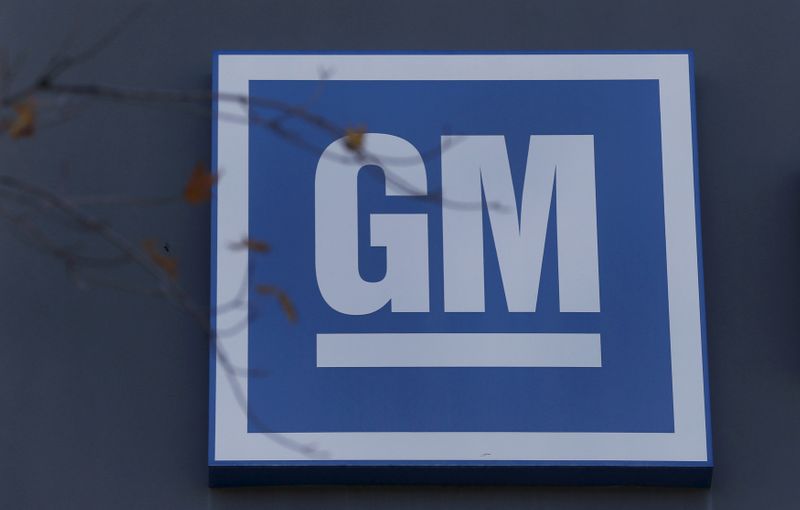This post was originally published on this site
https://i-invdn-com.akamaized.net/trkd-images/LYNXMPEFB920J_L.jpg
By Joseph White
DETROIT (Reuters) – General Motors Co (N:) on Tuesday unveiled the first of a new generation of large sport utility vehicles designed to haul in the cash to pay for electric vehicles the automaker promises for the future.
The 2021 Chevrolet Tahoe and Suburban officially revealed at the home of the Detroit Red Wings hockey team in downtown Detroit are among the largest passenger vehicles on the market. Powered by eight-cylinder gasoline engines or six-cylinder diesel motors, the trucks will be assembled in Texas, where many of them will be sold.
GM Chief Executive Mary Barra told analysts in October that GM will invest more in electric vehicles than gasoline-fueled models over the next five years.
That’s because over the past five years, GM has invested heavily in expanding production capacity and upgrading the features, infotainment technology and ride quality of its largest pickup trucks and SUVs.
GM’s Detroit rivals, Ford Motor Co (N:) and Fiat Chrysler Automobiles NV (MI:), are doing the same, even as they too promise more electrified cars for the future.
Detroit automakers are doubling down on big SUVs for a simple reason: It pays.
U.S. consumers hand over hefty premiums for the largest SUVs. The average Tahoe sold for $57,414 in November, according to data from Truecar/Automotive Lease Guide. The average Ford Expedition sold for more than $64,000. GM’s Cadillac Escalades, derivatives of the Tahoe and Suburban, are the priciest of all selling on average for over $86,000 in November, according to Truecar.
The prices are high, but the Arlington, Texas factory that builds GM’s largest SUVs is running 24 hours a day.
Industry executives and analysts say variable profit margins on large SUVs can be as high as 30%, or more than $15,000 a vehicle. Barclays (LON:) estimated large pickup trucks and SUVs accounted for 72% of GM’s North American profit in 2018.
GM did not release fuel economy estimates for its new SUVs. U.S. fuel economy rules encourage automakers to make big sport utilities even bigger. Under current U.S. vehicle CO2 emissions standards, instituted by the Obama administration, vehicles that have a larger “footprint” because they are long and wide have easier mileage and CO2 emissions targets to meet.
On average, the footprints of vehicles sold in the United States increased by 2% between 2008 and 2017, the EPA reported earlier this year.
U.S. President Donald Trump has said he wants to ease vehicle CO2 standards but has not released a final plan. GM has sided with Trump on fuel economy policy in a dispute with California, which has sued to maintain the stronger Obama-era standards.
GM has owned close to 70% of the U.S. large sport utility market in North America with six models – the Chevrolet Tahoe and Suburban, the GMC Yukon and Yukon XL and the Cadillac Escalade and Escalade ESV. In total, GM has sold 238,946 of its big utilities through the end of November, according to Automotive News. That’s down less than 1% from a year ago.
GM faces tougher competition going forward. Ford has boosted sales of its competing Ford Expedition and Lincoln Navigator large utilities by 45% through Nov. 30 to 93,487 trucks. Fiat Chrysler Automobiles NV has said it plans to launch a new Grand Wagoneer in 2021 to compete with the GM and Ford models, as well as the few Asian and European contenders in the segment, such as the Nissan Armada and Toyota Sequoia.

